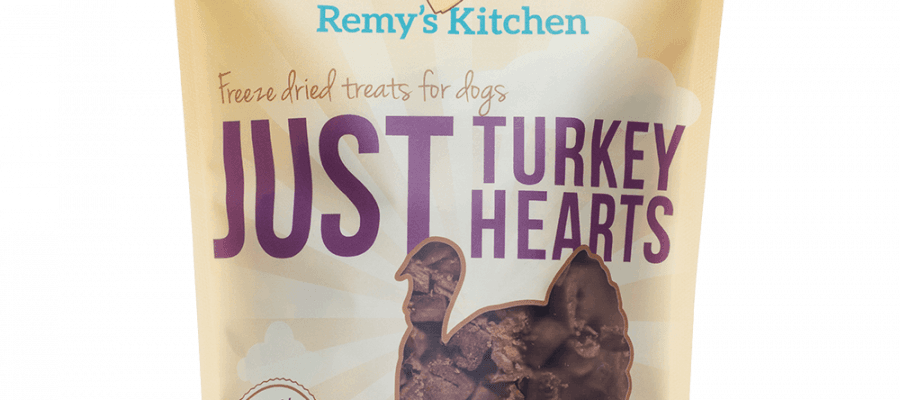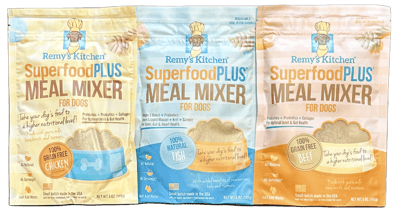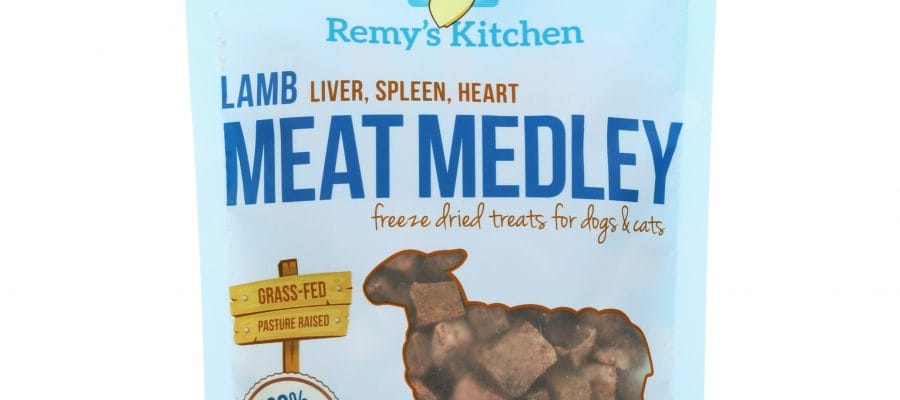
Let’s face it—finding the best treats for cat companions isn’t always a walk in the park. One minute your feline is obsessed, the next? Full-on protest. And dogs? Well, they’ll eat anything… even when they shouldn’t.
So how do you sort the snack-worthy from the no-go? What’s healthy, what’s just hype, and what can both species safely enjoy?
We’re diving into all of it—ingredients, pet-safe flavors (hello, apple cinnamon?), nutrient-packed organs like chicken hearts and gizzards for dogs, and even that mysterious cat treat paste tube you’ve seen trending.
Whether you’re shopping smarter, DIY-ing dinner toppers, or just trying to avoid the next upset tummy, we’ve got you covered.
Because treats aren’t just about fun. They’re a form of love. A chance to nourish. A daily ritual that can support digestion, boost immunity, and deepen your bond with your pet. When you choose well, treats become more than snacks—they become your secret weapon for better health and happier mealtimes.
Cats Are Complicated—But Treats Don’t Have to Be
Cats can be picky. Stubborn. Mysterious. We love them for it—but it makes finding the best treats for cat health and happiness a little trickier.
The trick? Simplicity.
The less-is-more approach wins every time. That means real, whole ingredients. Single-protein sources. Freeze-dried meats. No corn. No wheat. No synthetic flavors trying to disguise the lack of actual nutrition.
Remy’s Kitchen freeze-dried treats shine here. They’re made with whole organ meats like liver and heart—clean, crunchy, irresistible. No weird crumbles or fake aromas. Just food your cat can sniff, recognize, and immediately devour.
Dogs Love Everything. But Not Everything Loves Them Back.
Ah, dogs. Sweet, trusting, enthusiastic eaters of everything. But here’s the thing: their stomachs? Not as tough as their appetites.
From leftovers to store-bought snacks labeled “natural,” there’s a lot out there that can cause harm. That’s why it’s critical to understand not just what they like, but what their bodies actually need.
Whole prey organs like chicken hearts and gizzards for dogs are a great example. They’re loaded with protein, taurine, and B vitamins that support heart function, energy, and muscle health. Plus, they’re easy to digest and biologically appropriate. If it sounds too simple to be powerful, it’s because nature knows what it’s doing.
On the flip side? You’ve probably asked yourself…
Can Dogs Have Apple Cinnamon? Let’s Talk.
You’ve got a healthy snack in hand, your dog is drooling, and you’re thinking—can dogs have apple cinnamon?
Good question.
Let’s break it down: apple? Yes—when raw, peeled, and seedless, apples can be a refreshing source of fiber and vitamin C.
Cinnamon? Technically safe in tiny amounts, but here’s where it gets dicey: most “apple cinnamon” flavored treats or baked goods contain added sugar, artificial sweeteners (like xylitol—toxic to dogs), or nutmeg, which can be harmful.
So unless you’re offering homemade apple slices with a pinch of pure cinnamon (emphasis on tiny), it’s best to steer clear.
If you’re looking for sweetness, stick with naturally sweet proteins like duck or turkey liver. Dogs love the flavor, and their bodies will actually benefit.
Cat Treats: What’s Up with That Cat Treat Paste Tube?
Seen those viral cat treat paste tube snacks? The kind where you squeeze out a creamy line and your cat turns into a total cuddle monster?
Yeah—they’re adorable. But read the label.
Many popular pastes are full of thickeners, starches, and vague “flavorings” that don’t belong in a cat’s diet. Even some “tuna” pastes only contain fish oil and artificial flavor—not actual fish.
If your cat loves the idea of a tube-style treat, make your own. Mash up a bit of freeze-dried fish or liver from Remy’s Kitchen, mix it with bone broth or water, and voilà. A lickable treat that delivers real nutrients, not just a sugar rush.
Or better yet? Crumble freeze-dried organs into your cat’s food and skip the gimmicks. Less mess, more nutrition, zero guesswork.
Treats That Work for Both Cats and Dogs? Yes, They Exist.
Finding a treat that pleases both species might sound like a dream—but it’s real. You just have to avoid carb-heavy cookies and focus on clean, freeze-dried meat.
Think:
- Turkey heart
- Beef liver
- Duck gizzard
These treats don’t need different formulas for cats and dogs. They’re just real food. And they’re loaded with nutrients that both benefit from—taurine for heart health, B vitamins for energy, and iron for blood oxygenation.
So if you’re tired of buying separate bags for every pet, look for a single-ingredient freeze-dried line that does the job for both. (Hint: Remy’s Kitchen makes that super easy.)
The beauty of shared treats is in the simplicity. No synthetic flavors, no additives to “enhance palatability,” and no unnecessary bulk. Just one ingredient. One bag. Two happy pets.
Plus, freeze-dried treats are easy to break into smaller portions, making them perfect for training dogs and sprinkling into cat treat paste tube mixes for enrichment.
Sharing treats doesn’t just simplify your pantry—it makes mealtime feel more communal. Your pets can enjoy the same nourishing ingredients, tailored to their size and needs. And you? You get to feed them both with confidence, ease, and zero compromises.
How to Use Treats Beyond Just… Treats
Let’s elevate this whole snack game.
You can use treats to:
Boost mealtime: Crumble over food to entice picky eaters or add variety
Train smarter: Break into small pieces for high-reward, low-mess sessions
Soothe anxiety: Use as distraction in puzzle toys or licking mats
Reinforce routine: Build healthy habits with meaningful rewards
The key is to choose a treat that’s worth it—nutritionally and emotionally. When it smells like real meat and is real meat? You’ve already won.
But let’s go deeper. Treats can also support recovery after illness or surgery. When your pet’s appetite is low, a little freeze-dried liver or chicken hearts and gizzards for dogs can jumpstart interest in food. For senior pets, rehydrating treats into soft toppers can help them chew comfortably without missing out on protein.
They’re also great for rotating protein sources. Got a cat that’s obsessed with beef one week and ignoring it the next? Switching to duck or turkey treats keeps them engaged without upsetting their digestion.
Treats aren’t extras. They’re tools. Whether for bonding, behavior, enrichment, or nourishment—when chosen well, a treat becomes a moment of care, every single time.
The Power of Organs: Don’t Fear the Gizzard
Look, we get it—chicken hearts and gizzards for dogs may not sound appetizing to you. But for your pet? It’s gold.
Gizzards are a lean source of protein, iron, and zinc. Hearts are rich in taurine, CoQ10, and B12. Together, they create a natural multivitamin—no synthetic additives needed.
And they’re perfect for freeze-drying. The texture is just crunchy enough to satisfy, but still easy to break apart. Your dog will love the taste. Your cat might sneak a few too.
It’s nose-to-tail nutrition, made easy. Plus, you’re honoring your pet’s natural dietary needs instead of feeding trendy, overly processed snacks that offer little more than a short-lived crunch.
Bonus: Remy Cards & Treat Tracking
Ever tried creating a rewards system for your pet? Enter: Remy cards—a fun idea where you track treat types, flavors, and your pet’s reactions over time.
It’s like a punch card for your dog or cat’s tastebuds. Not only is it a great way to avoid overfeeding, but it also helps you figure out what your pet actually loves.
Write down how they respond to new proteins. Jot down if they have sensitivities. Mix and match to find your perfect rotation.
Over time, you’ll spot patterns—favorite proteins, preferred textures, even seasonal shifts in taste. This makes it easier to build a reliable treat routine while minimizing waste and maximizing nutrition. Plus, it’s satisfying to know you’re dialing in what works best for your unique pet.
Treats become more than rewards—they become tools for health, bonding, and joyful discovery. All with a little help from a few Remy cards.
Final Scoop: Don’t Just Treat. Nourish.
It’s easy to think of treats as little extras. But they’re actually opportunities. To connect. To train. To support your pet’s health in a real, everyday way.
The best treats for cat health—or your dog’s—are the ones that do something. They’re not made with fluff. They’re made with purpose.
So the next time you wonder, can dogs have apple cinnamon or if that cat treat paste tube is really worth it—slow down. Flip the bag. Ask the hard questions.
Then reach for something that answers back with real food, real nutrients, and real trust.
Because snacks should be simple. And pets? They deserve better.
They deserve clean, honest ingredients. Thoughtful protein choices. Crunch that’s satisfying and safe. Whether it’s training day or just Tuesday, make every bite count. It’s not just about rewarding behavior—it’s about reinforcing wellness. One treat at a time.




